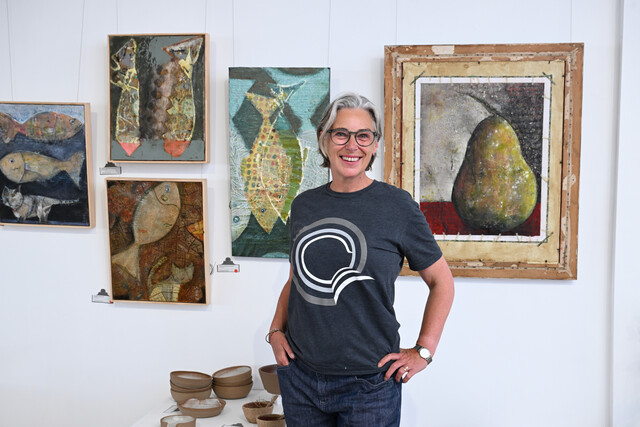On the road again and the car is cruising at two kilometres above the limit.
Yes, officer, it has been set deliberately, to fall within the tolerance allowed for both fixed and mobile cameras.
After all, as Hercules Speedo beside me explains, it simply wouldn’t do to get caught in one’s own trap.
Swoosh, a car zips past in the outside lane, then another, and another that has to be travelling at close to 120km/h in a 100km/h zone. As the driver holds steady to course, it’s my job to eyeball those at the wheel of passing vehicles to gauge their gender and age.
After a short distance I’m beginning to feel like the captain of a debating team that has just drawn for the affirmative and the topic is: Gina Rinehart is really a lovely person.
Nine cars have passed us. Six driven by women, two by men and another by gender unknown owing to inability to see through wildly gesticulating passenger.
Of the six females, two had P-plates, three looked to be in their 20s to 30s, and one I’d judged to be south of 60 was driving a gleaming black Lexus.
Even if I gender-reassign the unknown driver to the male team, speeding women still outnumber the blokes by 2 to 1. This pattern more or less continues for the next 20 kilometres.
My best excuse is pretty feeble: perhaps it’s because there are more women on the road at this time of day. Although precisely why this should be at 8am on a weekday I cannot say. In truth, I’ve noticed that it’s no longer so easy to stereotype bad drivers to young men in hotted-up cars and old folk in hats on Sunday.
One thing I have noticed is that where traffic is slowed in the vicinity of schools, the motorists who fail to observe the flashing 40km/h sign are more often than not women. Women presumably none too worried about skittling other people’s children in their haste to pick up their own.
When it comes to traffic offences, the gender gap is narrowing. While this is partly a reflection of an increase in the number of cars on the road and women at the wheel generally, there is also some worrying evidence to show the new breed of hoon is a her.
In the United States, the number of women who have been arrested for drink-driving has leapt 30 per cent in the past decade.
In Australia, too, the data shows an increase in young women drink-driving. Even by their own admission, women are more likely to take risks, with the annual AAMI Young Driver Index showing that young female drivers were almost twice as likely, than a decade ago, to have driven while over the limit. The 2012 research showed 14 per cent of women admitted getting behind the wheel while drunk, up from 8 per cent in 2002.
This compared to 16 per cent of young men, down from 29 per cent over the same period.
This is not the kind of gender equality we should aim for. When Helen Reddy belted out the anthem
I Am Woman Hear Me Roar, she did not mean down the freeway at 20km/h over the limit.
sharris@theweeklyreview.com.au







